Three Major Horse Sashimi and Yamagata’s Horse Meat Culture|Nagai’s Horse Meat Chashu
2025/09/09 This site contains advertisements. Category: Special-feature
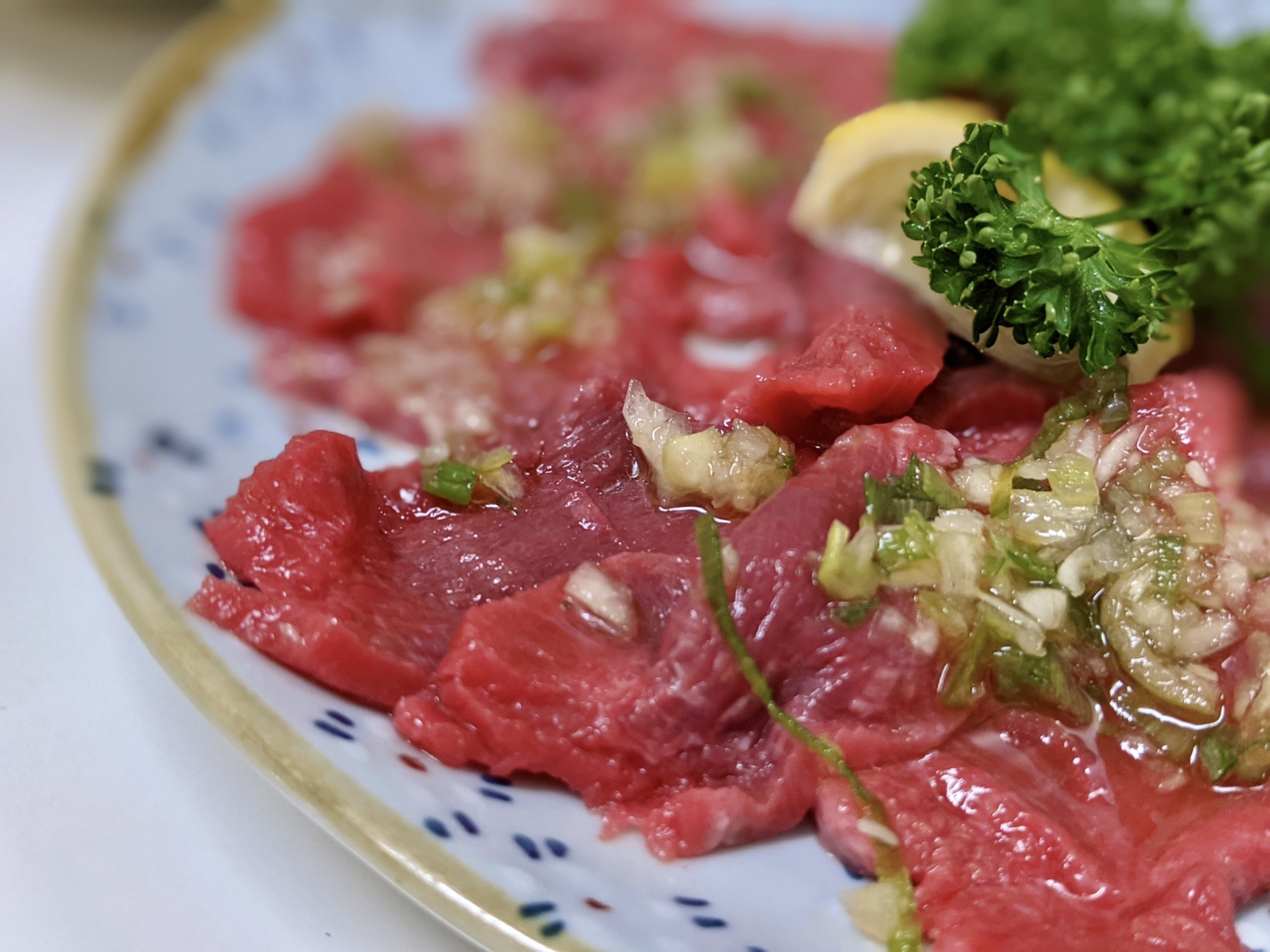
The “Three Great Horse Sashimi Regions” refer to Japan’s three major horse meat production areas: Kumamoto, Shinshu (Nagano), and Aizu (Fukushima).
Each region boasts horse sashimi with distinct cuts and eating styles, showcasing rich local flavors. Low in fat, high in protein, and rich in iron, horse sashimi—also called “sakura niku” (cherry blossom meat)—has gained attention as a healthy food.
Furthermore, in Nagai City, Yamagata Prefecture, unique horse meat dishes like “horse meat chashu” and “horse meat ramen” have gained popularity as distinct ways to enjoy horse meat, establishing a unique local horse meat culture.
This time, we introduce the characteristics of the Three Great Horse Sashimi regions alongside Yamagata’s local horse meat gourmet offerings.
What are the “Three Great Horse Sashimi Regions”?
The Three Major Horsemeat Sashimi Regions refers to the particularly famous horsemeat sashimi producing areas in Japan: Kumamoto, Shinshu (Nagano), and Aizu (Fukushima). Each region has a long-established horse meat eating culture, with distinct flavors and eating styles passed down through generations.
Horse sashimi, also known as “cherry blossom meat” due to its pinkish hue, has gained attention as a healthy food source that is low in fat, high in protein, and rich in iron. Another major appeal is the ability to enjoy the distinct characteristics of different cuts, such as lean meat, marbled cuts, and rare parts like the mane.
Kumamoto’s Horse Sashimi (Basashi)
Kumamoto is Japan’s largest horse meat producing region, renowned as the true home of horse sashimi. Its defining feature is the diverse range of cuts available, including marbled, lean, and mane. The marbled cuts, in particular, boast a rich, sweet fat flavor and a melt-in-your-mouth texture.
The typical way to eat it is with sweet soy sauce accompanied by grated garlic and ginger. It is cherished as a staple delicacy in local izakayas and specialty shops, and it also enjoys high popularity among tourists. Kumamoto’s basashi is truly a nationally renowned specialty, prized for its rich variety and high quality.
Shinshu (Nagano) Basashi
Shinshu (Nagano) basashi is characterized by its lean, red meat with a light flavor. It contains less marbling fat, resulting in a refreshing taste that appeals to health-conscious diners.
Another charm lies in its eating style. The standard way involves serving it with Shinshu’s unique garlic miso as a condiment. The rich umami of the lean meat harmonizes with the depth of the miso, creating a distinctive flavor found only here.
Furthermore, it pairs exceptionally well with the local specialty, Shinshu soba noodles. Enjoying basashi and soba together allows you to savor the unique food culture of Shinshu. This regionally distinctive dish enjoys enduring popularity among tourists and diners alike.
Aizu (Fukushima) Basashi
Aizu-style basashi is a local dish passed down through generations. Its defining feature is the unique style of serving lean horse meat with spicy miso paste. The sharp spiciness and miso flavor enhance the meat’s savory richness, delivering a simple yet robust taste.
This eating style spread as a nutritious and invigorating food for Aizu samurai in the past, and today it is an indispensable part of local banquets and home cooking.
While not flashy, Aizu basashi holds a deep appeal as a dish reflecting the region’s history and culture.
Yamagata Nagai’s Horse Meat Chashu
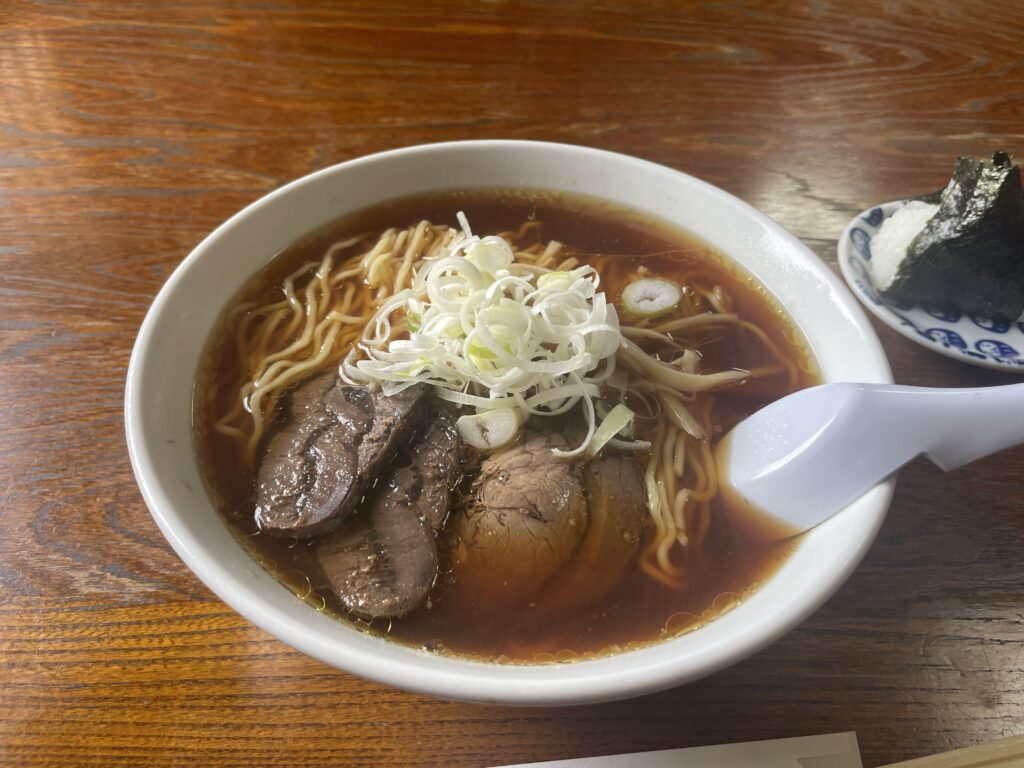
Alongside the three major horse sashimi dishes, another highlight is the horse meat chashu from Nagai City, Yamagata Prefecture. Unlike horse sashimi, which is eaten raw, this dish involves slowly simmering lean horse meat until it becomes tender and moist, drawing out its rich umami and depth of flavor.
Compared to pork chashu, it has less fat, offering a light yet deeply flavorful experience. In Nagai City, horse meat ramen using this horse meat chashu has gained popularity as a local specialty. The rich umami of the horse meat infuses the soup, delivering a unique taste you won’t find elsewhere.
Additionally, butcher shops and eateries sell it vacuum-packed as souvenirs, making it a hit with tourists. As a pillar supporting Yamagata’s horse meat culture, it has long been cherished locally.
Differences by Cut and How to Enjoy Them
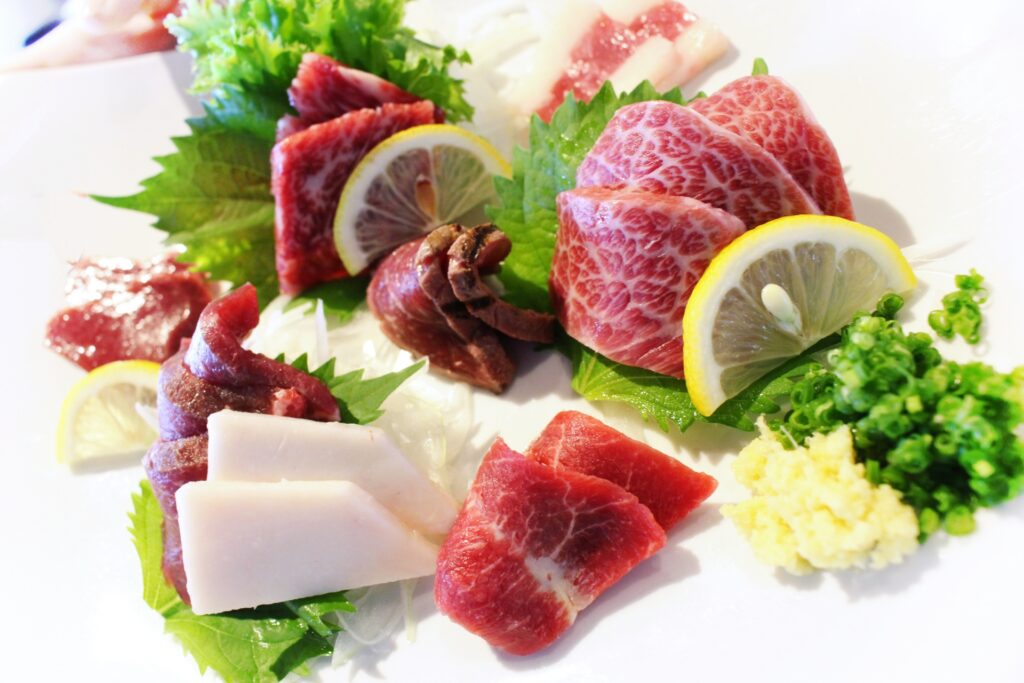
The texture and flavor of basashi vary significantly depending on the cut. Comparing different cuts allows you to truly appreciate its depth.
- Lean cuts: Light and savory flavor, easy to eat, popular with health-conscious diners
- Marbled cuts: Characterized by the sweetness and tenderness of the fat, recommended when you want to enjoy a luxurious experience
- Brisket: A rare cut with a uniquely chewy texture; pairing it with marbled beef creates an exquisite dish
- Heart & Liver: These cuts showcase their distinctive flavor and texture only when exceptionally fresh
The three major horse sashimi regions also have distinct eating styles: Kumamoto uses sweet soy sauce, Shinshu uses garlic miso, and Aizu uses spicy mustard miso, each reflecting regional character.
Additionally, styles like horse meat chashu from Yamagata’s Nagai—enjoyed stewed or cooked—are expanding the ways to savor horse meat.
Nutritional Value and Health Benefits of Horse Meat
Horse meat, also known as “sakura niku” (cherry blossom meat), has long been cherished as a nourishing food. It is nutritionally excellent and has recently gained attention as a health-conscious ingredient.
- Low Fat, High Protein: Compared to beef or pork, it contains less fat while providing ample high-quality protein.
- Rich in Iron: Effective for preventing anemia, making it a particularly beneficial nutrient for women.
- B Vitamins: Supports metabolism, aids fatigue recovery, and helps replenish energy.
- DHA and EPA: Often associated with fish, but also found in horse meat, offering potential benefits for preventing lifestyle-related diseases
It’s lean and healthy yet highly nutritious. Truly a “delicious ingredient that supports your health.” Recommended for those on diets or who are physically active.
Enjoy the Three Major Horse Sashimi Cuts and Nagai Chashu via Mail Order & Online Shopping
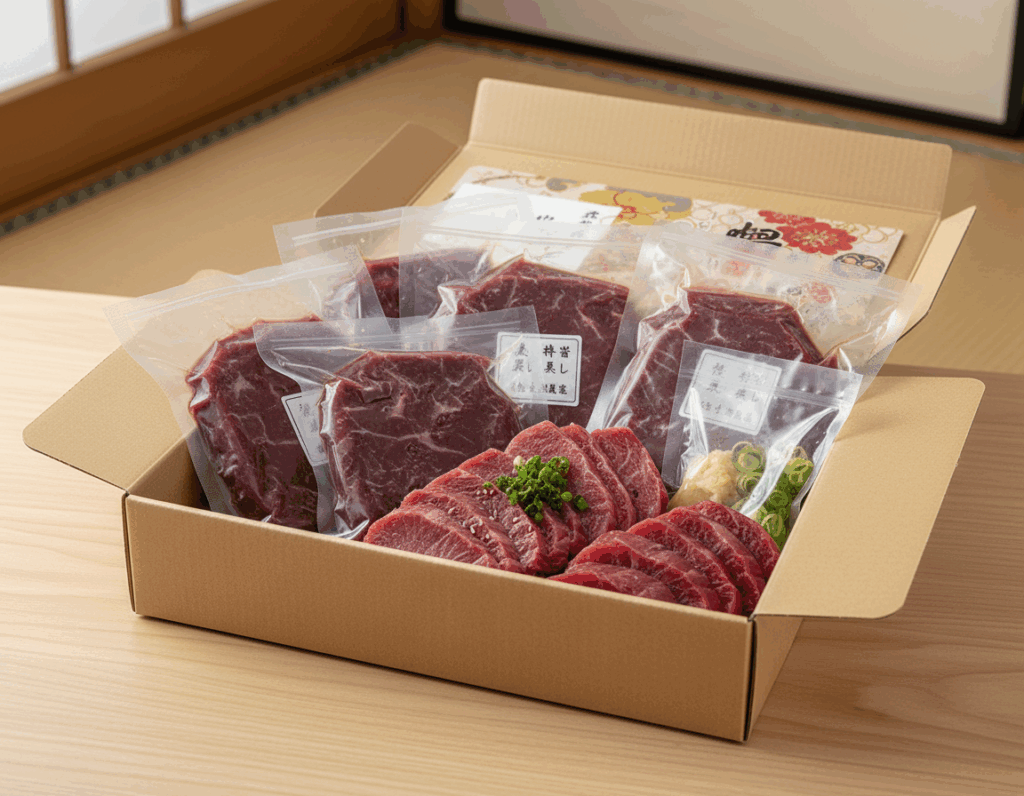
The three major horse sashimi regions—Kumamoto, Shinshu, and Aizu—can now be ordered online from anywhere in Japan. Many sets combine lean cuts and marbled cuts for tasting comparisons, letting you enjoy regional flavor differences at home.
Additionally, horse meat chashu from Nagai, Yamagata, is available online from select shops. Often sold vacuum-packed, its appeal lies in being ready to enjoy—just heat it up for tender, flavorful horse meat chashu. It’s delicious not only as a ramen topping but also as a snack or in rice bowls.
Both horse sashimi and chashu are easily accessible for delivery. This makes it possible to experience each region’s horse meat culture without traveling there for a trip or business trip, which is a major appeal.
Summary
The three major horse sashimi styles—Kumamoto’s marbled cuts and diverse parts, Shinshu’s lean meat with garlic miso, and Aizu’s mustard miso—each offer distinct regional charms. Horse sashimi is also gaining attention as a healthy, low-fat, high-protein food, deeply rooted in local communities as a traditional dish.
On the other hand, Yamagata’s Nagai-style horse meat chashu is a local specialty enjoyed through “simmering and heating.” It combines health benefits with a unique richness, making it versatile for dishes like ramen and rice bowls.
By experiencing both basashi and horse meat chashu—two distinct styles—you can truly appreciate the depth of Japan’s widespread horse meat culture.
If you’re curious, we encourage you to try it through local dining experiences or by ordering it online.


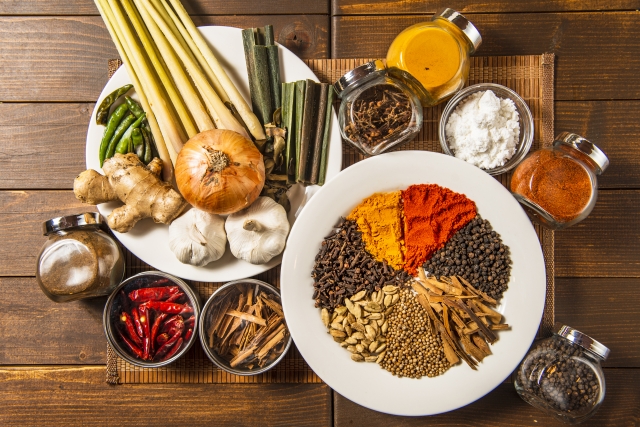
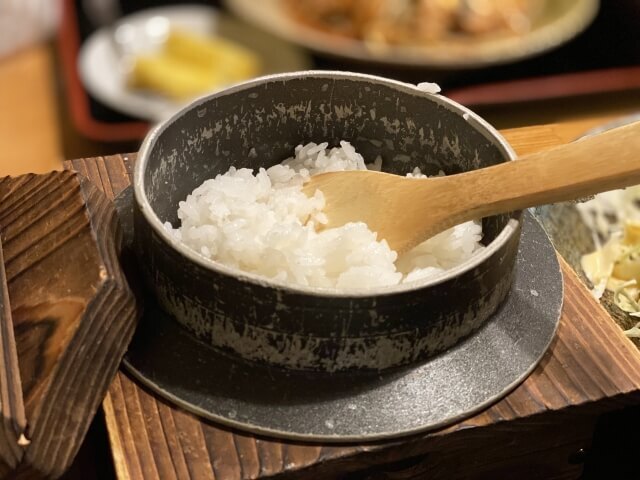
![[Yamagata’s local cuisine] “Hippari udon” is recommended in the summer! “Chilled” recipe on hot days’ cooking アイキャッチ](https://bongheiberg.yamagata.jp/wp-content/uploads/2025/09/29523048_m.jpg)
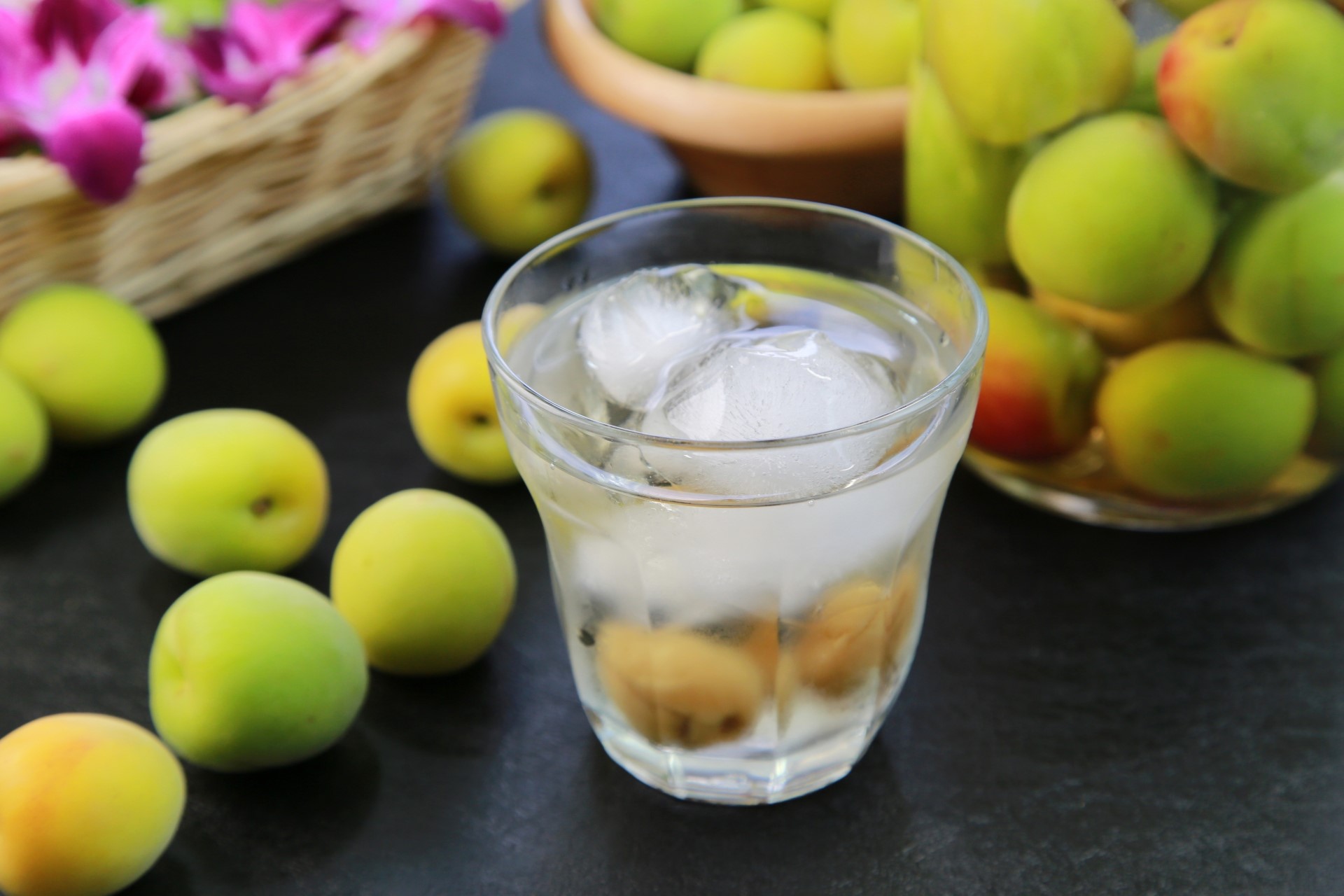
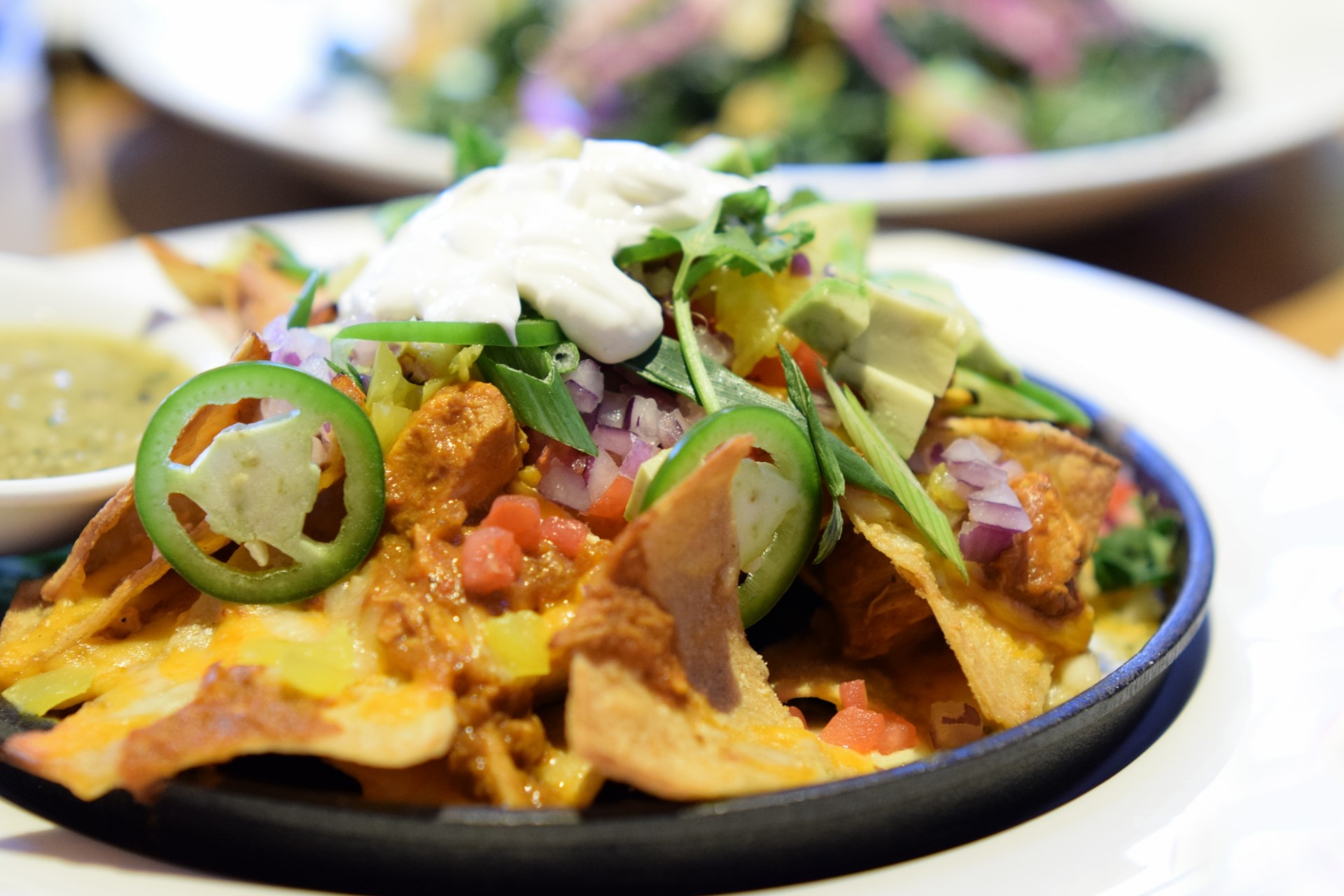
![[Reviews] Adding vinegar to ramen makes it refreshing and increases its health benefits! アイキャッチ](https://bongheiberg.yamagata.jp/wp-content/uploads/2025/09/ramen_to_su.png)
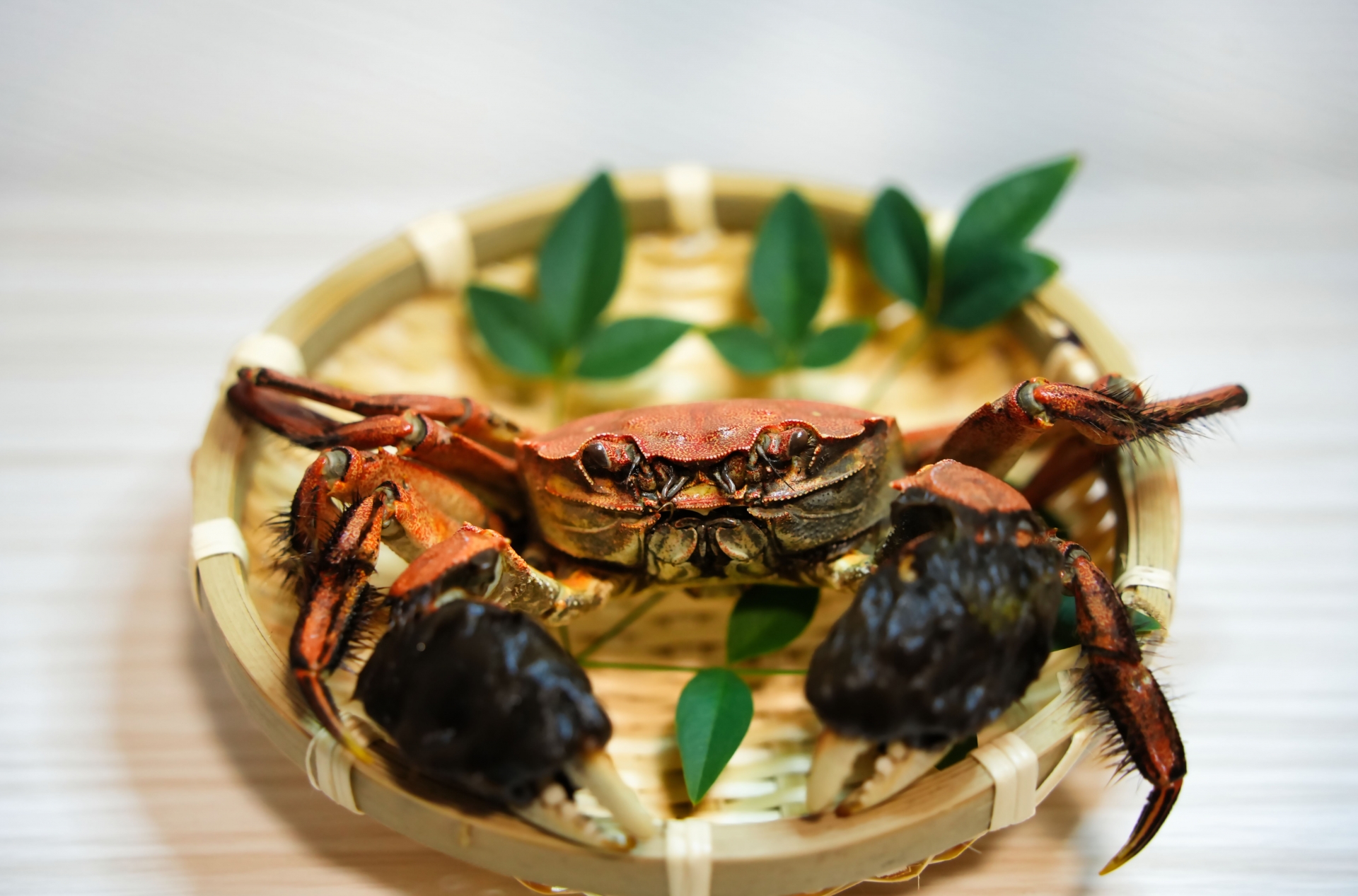
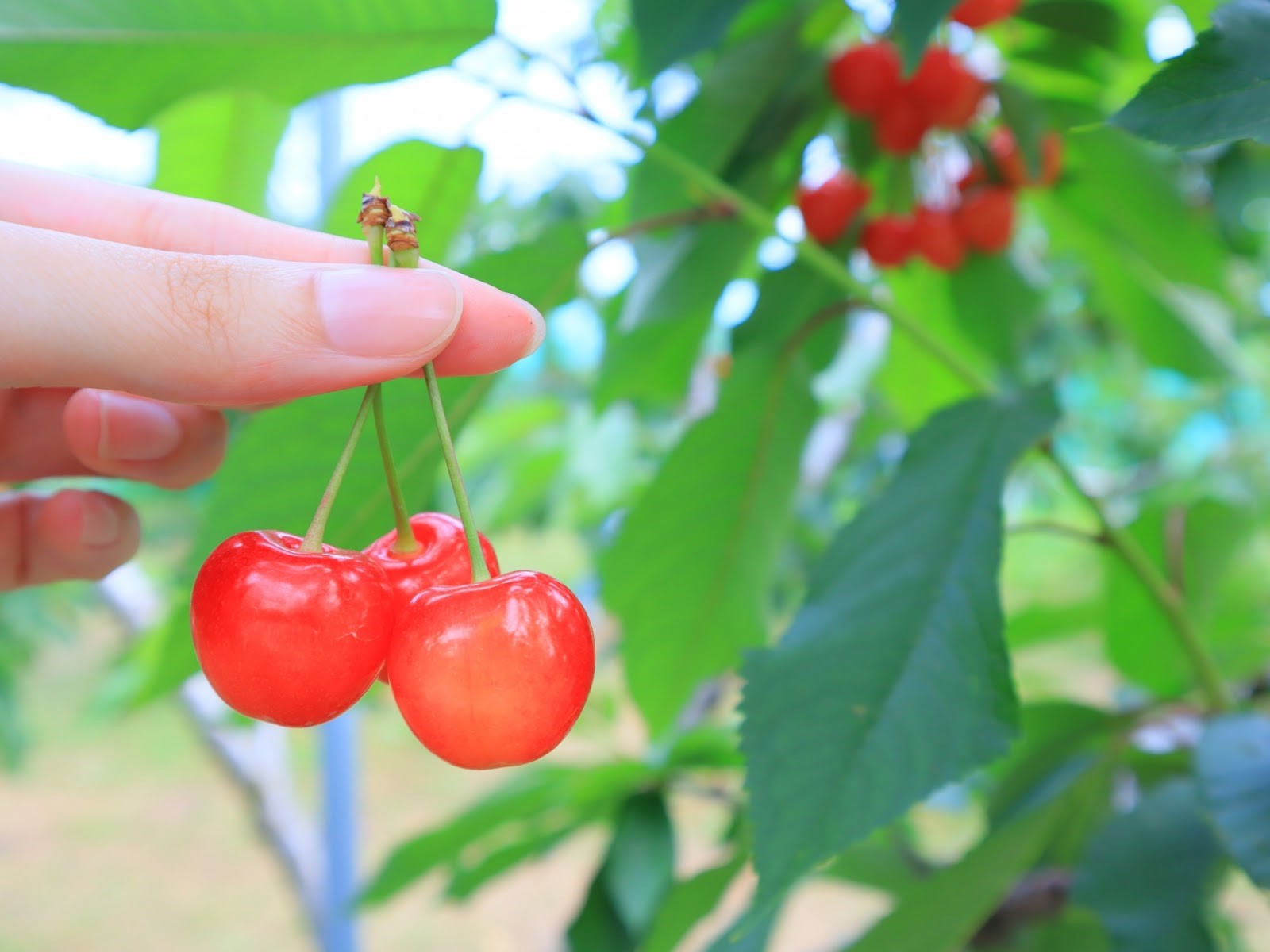

![[Yamagata, Tendo] Enjoy authentic gelato at the sports park! Made by Italian-trained artisans at “COZAB GELATO” アイキャッチ](https://bongheiberg.yamagata.jp/wp-content/uploads/2025/09/top-scaled.jpg)
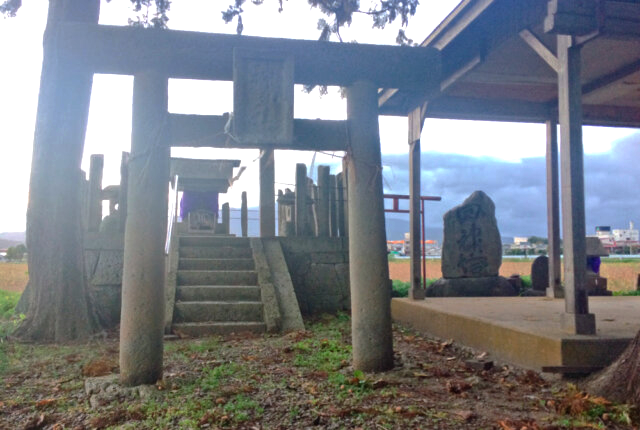
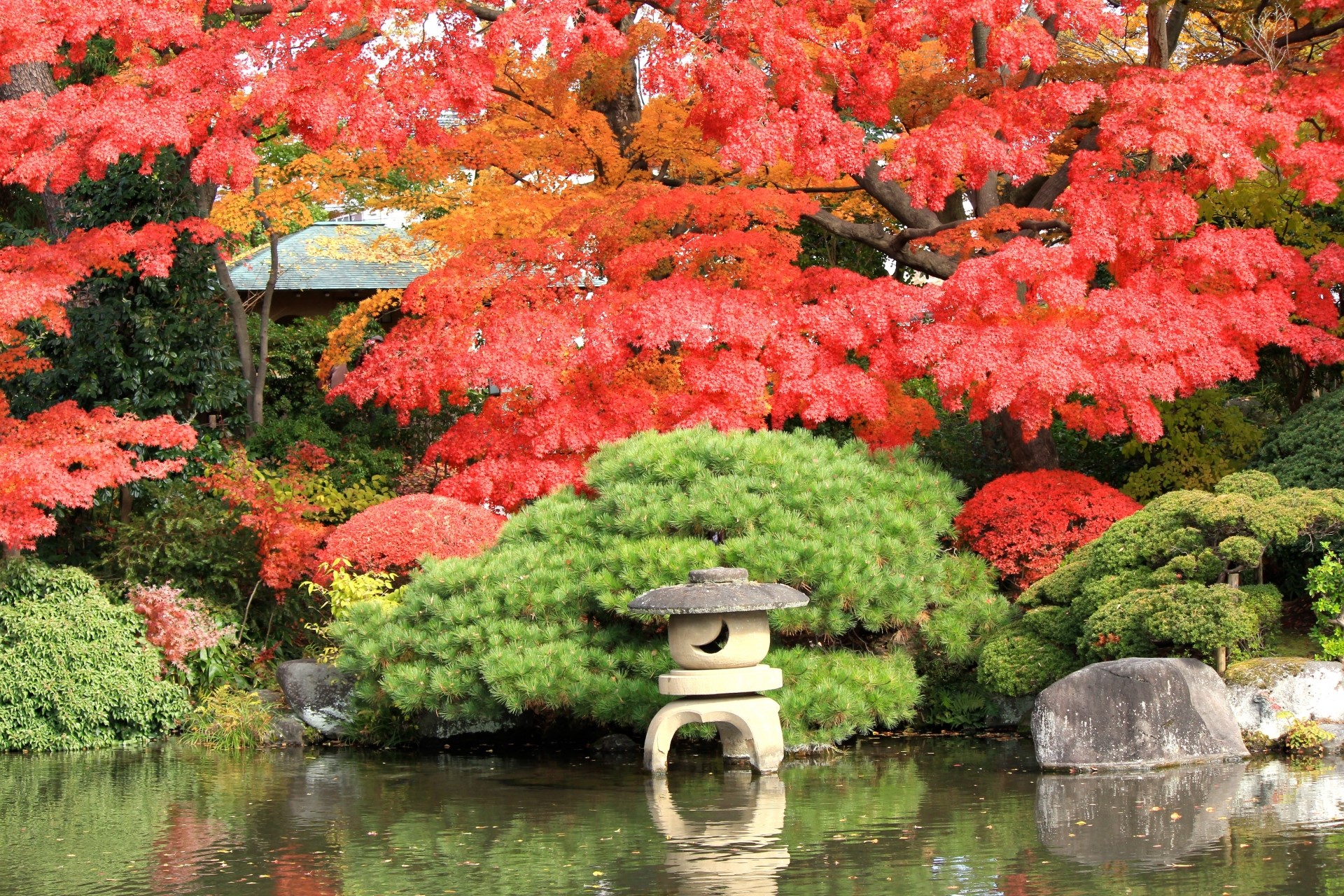
![[Yamagata, Shonai] Kumagaya Shrine, the birthplace of Kamenoo | Learn about the life of Kumagai Saburobei, the god アイキャッチ](https://bongheiberg.yamagata.jp/wp-content/uploads/2025/09/熊谷神社.jpg)
![[Yamagata, Tozawa] “Roadside Station Tozawa Kouraikan” Experience of traveling Korea | Korean gourmet food, and souvenirs アイキャッチ](https://bongheiberg.yamagata.jp/wp-content/uploads/2025/10/道の駅とざわ_高麗館9-1.png)
![[Yamagata, Murayama] Link MURAYAMA’s pizza shop “pizza nu-ma” | Delicious pizza tasting report アイキャッチ](https://bongheiberg.yamagata.jp/wp-content/uploads/2025/09/pizza-nu-ma7.png)